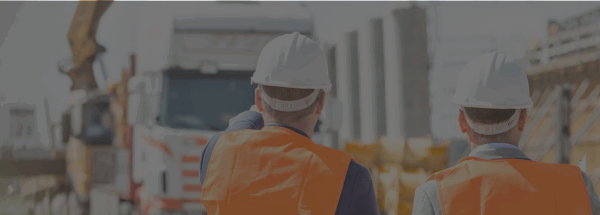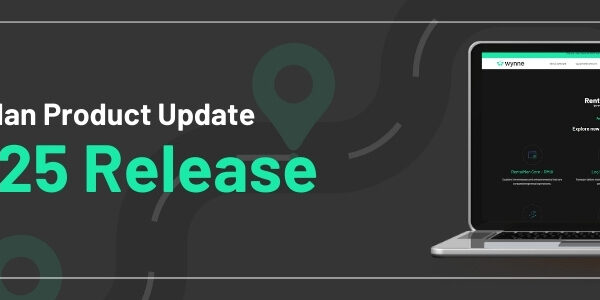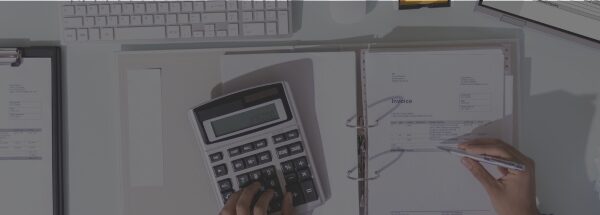
Effectively merchandising your showroom can increase your revenue stream. We’ve compiled a list of 10 things you can start doing today to increase your potential.
1. Know Your Customers
Although not a tactic for showcasing your accessories, this one helps determine what product you’ll need. Is one of your rental locations focused primarily on masons and another mostly catering to walk-ins? These two types of customers require a different product mix, because one will definitely not serve all. Once you know the largest type of customer by location (or region), you’ll be able to manage inventory accordingly. In addition to knowing your customers you need to know what they want to buy. It would be worthwhile to monitor sales trends and more importantly talk to your customers. Are they finding the products they want? Is the store easy to shop? Are we priced right? The customer is ultimately going to dictate what merchandise you should sell and at what price
2. Think Impulse Buys
Similar to the strategies used by grocery stores and other large retail outlets, having a section near your register set up to display those items your consumer may not realize they need until they’re ready to check-out is a great advantage. Items like flashlights, knives, plyers, box cutters, screwdrivers or lanyards are some items that your customer may have forgotten they needed until you’ve conveniently presented it to them right next to the register. And don’t forget things like water and snacks, either. Gas stations are finding these are their primary revenue drivers during times when the margin on fuel is slim.
3. Show the Customers What They Need
Put all sales accessories out on display, grouped together by rental equipment type or job requirement. For example, fluids for floor care, stains, varnish, rags and buffer pads should be displayed together for those renting floor maintenance or installation equipment. This allows the consumer to visualize all the items they’ll need for their job, and quickly assess what items they’re lacking.
4. Set Up the Showroom for Success
Recent studies suggest that point-of-purchase (or POP) displays have shown to be more very effective in driving up merchandise sales. How you choose to display and highlight certain product is dependent on your particular customer needs and should be reviewed at regular intervals to determine effectiveness. Also, consider setting up the showroom so that the customer must do a walk-through before reaching the counter. This allows for maximum visibility on all your products.
5. Would You Like Fries with That?
Set up your rental equipment software to prompt suggested items with each rental item. When opening a reservation, quote or contract, your sales staff can ask the customer whether they’ll need any additional items, such as x, y or z. Additionally, have these suggested items print out on quotes or reservations as a gentle reminder to the customer of some items they may have overlooked when initially inquiring about their rental.
6. Don’t Forgot to Promote Your Sale Equipment
If you have equipment for sale, make sure to promote it somewhere on your showroom floor. Keep your sales inventory in front of your customers because they may be considering to purchase, rather than rent, for their next job.
7. Train, Train, Train
Give your staff the tools and training they need to make sure you optimize your sales strategy. Make sure your team is familiar with what merchandise to recommend for different jobs and equipment rentals. Your promotional items should be made known to your sales staff, so they can promote it to customers they interact with.
8. Safety Is No Accident
Caution tape, goggles, hard hats, gloves… No matter the job type, safety equipment is always a requirement. And because safety equipment crosses all disciplines, you’ll be reaching a broader customer base. Having your safety equipment displayed in a prominent area, with signage explaining what is required where and when, will help you boost your sales.
9. Customers Will Pay for Convenience
They’re already in your showroom, ready to rent or buy equipment. The items you’re selling are being purchased as part impulse and part convenience. This means your pricing strategy doesn’t have to compete with big box stores. You can charge a premium for items based solely on convenience, because your customer is not extremely sensitive to price–they’re thinking,”Since I’m already here, I might as well.”
10. Reporting
Retail stores use heat maps for their stores to determine what areas see the highest amount of traffic, and which parts of the stores generate the most sales. Building reports to generate these results can help ascertain whether your floorplan is effective, or whether you should be moving what should be your highest sellers to a more visible area. Further, if you do have items that are hot sellers, are you selling it at the premium? Above all, analyzing your sales reports and showroom statistics will be what puts your retail sales over the top. Our ERP solution offers a multitude of sales analysis reports that can help branch managers and purchasers determine the peaks and valleys of their inventory sales cycle and when to replenish stock.




